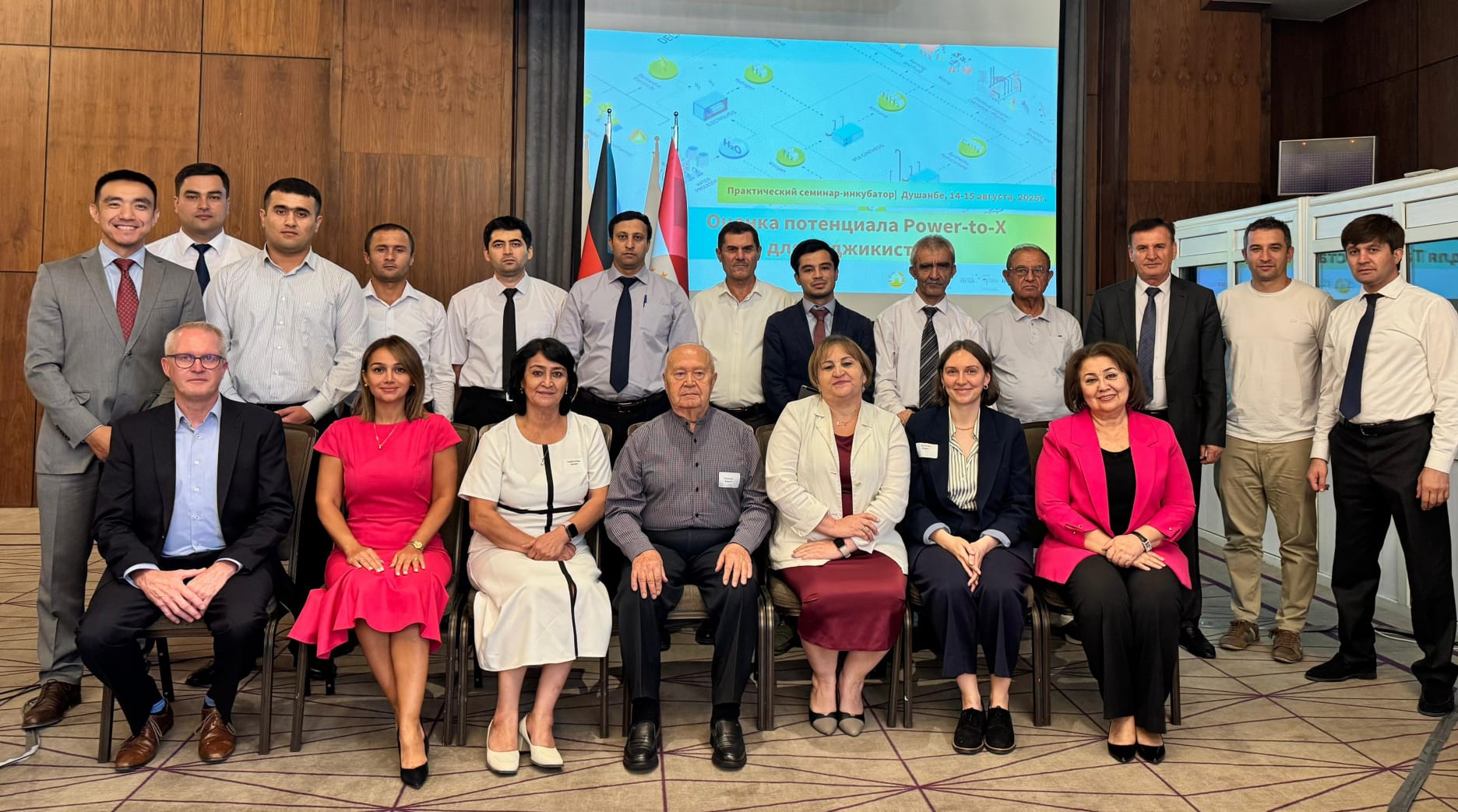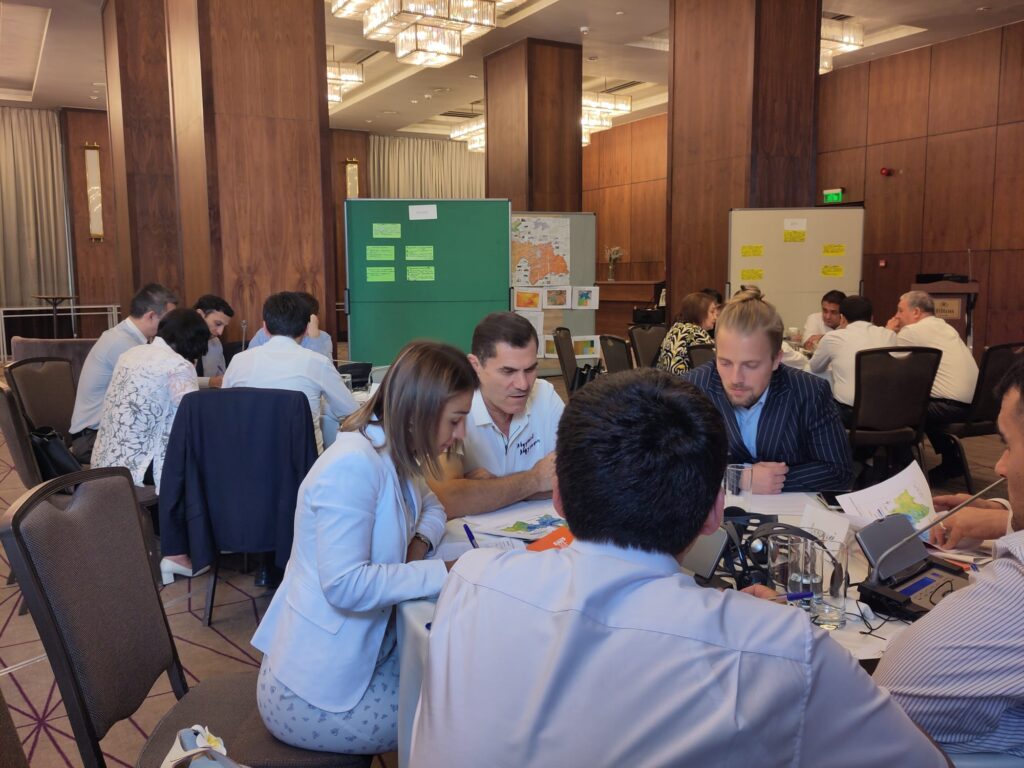In August 2025, key Tajik stakeholders, including the Ministry of Energy and Water Resources, aluminum producer TALCO, and the Academy of Science, gathered in Dushanbe to chart a shared vision for Tajikistan’s green transition through Power-to-X (PtX). This vision will feed directly into the development of the country’s national hydrogen strategy.
The focus: using PtX to modernise core industries such as aluminum and ammonia, and positioning Tajikistan as a regional hub for energy transit and export. With hydropower already supplying 90% of its electricity, the country is well placed to leverage low-cost, low-carbon energy for green industrialisation.
Green ammonia production 2050
By 2050, Tajikistan aims to produce ammonia from green hydrogen. This industry would serve both domestic agriculture and regional export markets, including Pakistan.
A key asset is the modernised nitrogen plant in Khatlon province, located near major hydropower sites. Currently producing granulated urea and nitric acid, the plant is seen as a strategic cornerstone for scaling up green ammonia production.
Aluminum industry 2050
The vision for aluminum production is full decarbonisation by 2050. Natural gas in the smelting process would be replaced with green hydrogen, cutting CO₂ emissions.
This transition supports Tajikistan’s broader climate goals, especially as the country experiences increasing impacts from climate change – melting glaciers and winter water shortages are already affecting seasonal hydropower output.
The EU’s Carbon Border Adjustment Mechanism (CBAM) is an external driver, pushing toward greener, export-competitive aluminum.
Fuels and renewable energy 2050
By 2050, Tajikistan envisions becoming a green energy corridor for South and Central Asia. The goal: export 70% of generated electricity through secure, integrated regional grids.
Projects like CASA-1000 are already laying the groundwork. Long-term clean energy contracts, full access to electricity, and green job creation are seen as critical enablers of this transformation.
Opportunities across sectors
The green transition opens up major cross-sector benefits. Tajikistan’s aluminum industry could become a regional first mover in green aluminum, helping diversify the economy and spur growth in related manufacturing.
Green electricity and hydrogen exports could boost revenues, while also supporting fertiliser, fuel, and aluminum industries. Joint infrastructure for PtX transport and storage would lower investment risks by serving multiple off-takers.
Khudobakhsh Sharifa Orusbek, Deputy Minister of Energy and Water Resources of the Republic of Tajikistan, opened and closed the workshop, emphasising the opportunities of Power-to-X for Tajikistan’s green economy development and the necessity to collaboratively develop the national strategy. Manuel Andresh, Head of Hydrogen Diplomacy Office Astana, shared the status quo and developments on green hydrogen in the Central Asian region.

Next steps
The Dushanbe workshop laid out a roadmap to turn this vision into strategy. It aligns closely with national priorities – Tajikistan’s Development Strategy 2030 and Green Economy Strategy 2037 – which aim to enhance energy security, efficiency, and regional connectivity.
A working group is now being formed to refine the PtX 2050 vision. Planned steps include sector-specific analyses, data collection, and expert interviews.
At the same time, institutional capacity is growing. The Academy of Science is establishing the “Centre for Hydrogen Energy” in Dushanbe, and the Polytechnical Institute is advancing research on hydrogen technologies.
The workshop was hosted by the Ministry of Energy and Water Resources, with support from the Hydrogen Diplomacy Office Astana and the International PtX Hub.



